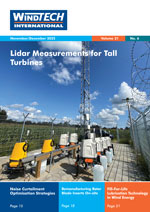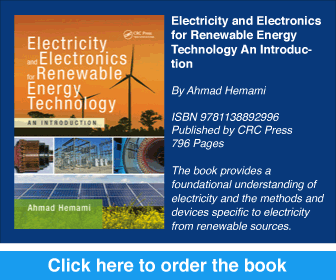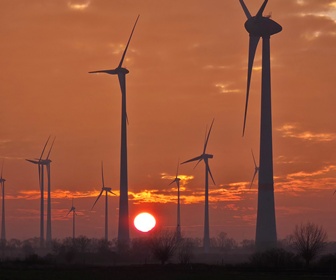New findings from Westwood Global Energy Group indicate that developers are becoming more cautious about floating offshore wind, citing delivery delays, policy uncertainty and investment risk as key concerns. Westwood’s annual Floating Offshore Wind Survey, based on responses from 166 stakeholders across the global floating wind supply chain, shows that short- and long-term growth expectations have declined. Participants included engineers, developers, investors, government bodies and supply chain actors.
While 2024 saw some encouraging activity—such as new leasing rounds and subsidy announcements—the overall outlook has weakened. Developers, once the most optimistic group, are now the least confident, with 63% reporting reduced optimism compared to last year.
Seventy-two percent of respondents now expect less than 3GW of floating offshore wind capacity to be operational globally by 2030. Key financial barriers include high capital costs and low investor confidence in unproven technologies. On the infrastructure side, the lack of standardised designs, insufficient port facilities, and weak government support continue to hinder progress.
Despite the overall decline in confidence, the survey highlighted the role of strong policy backing. The United Kingdom, France and South Korea were rated as the top markets, reflecting the importance of recent government-led initiatives in building developer confidence.
The survey was conducted in collaboration with World Forum Offshore Wind, Norwegian Offshore Wind, Oceantic Network and WindEurope.










